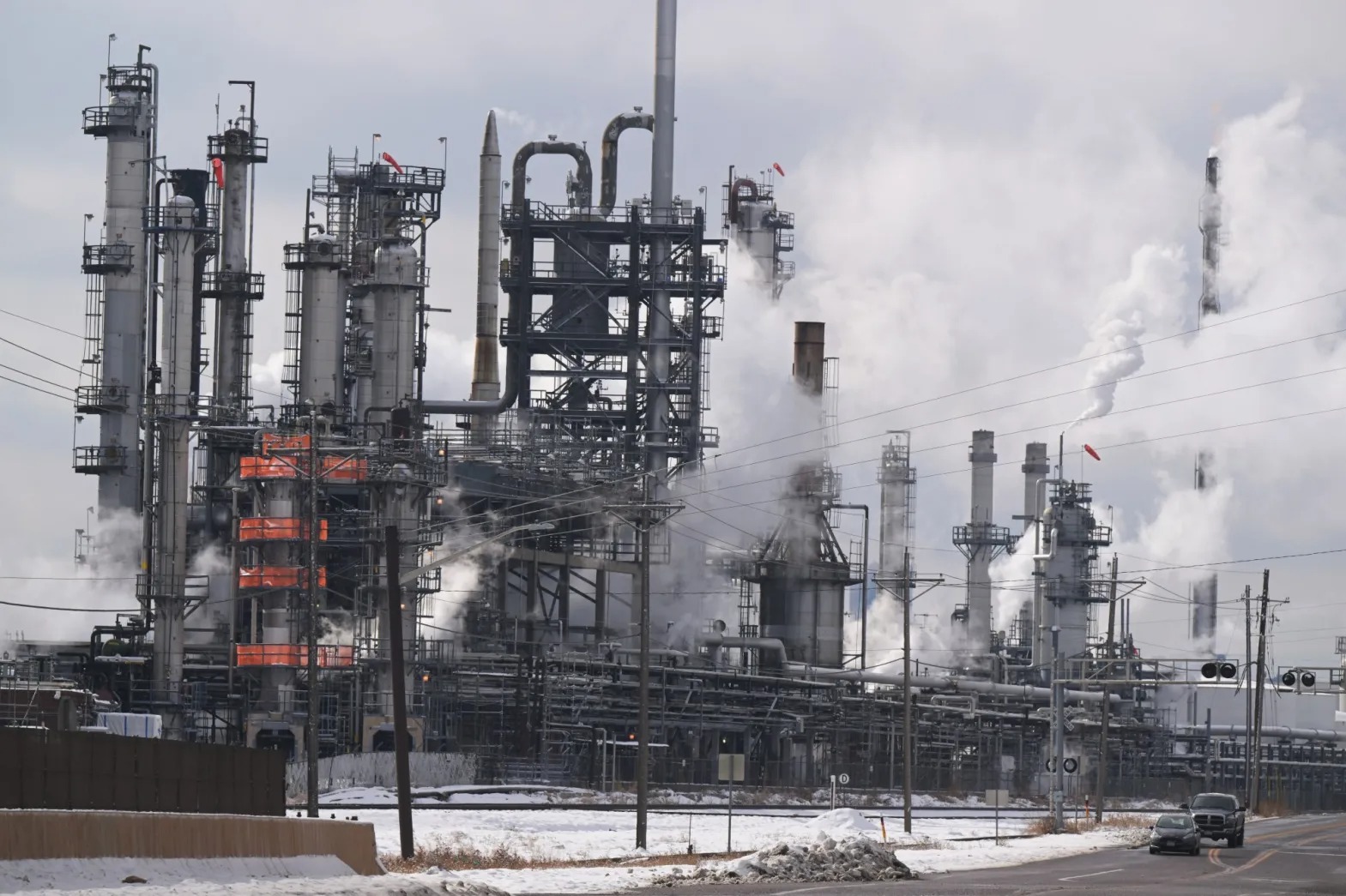CU Boulder study finds Suncor refinery is a major polluter in Denver neighborhood
Published: Boulder Daily Camera
A new study from the University of Colorado Boulder found that the Suncor Energy oil refinery in Commerce City is a major emitter of volatile chemical compounds in Denver’s Elyria-Swansea neighborhood.
Using mobile equipment from Boulder company Tofwerk, researchers drove around the neighborhood on six different days in the summer of 2022. The equipment identified the specific sources of VOCs in the area, what VOCs were being produced and the amounts that were emitted.
VOCs are a broad class of compounds that can range from carcinogens like benzene to odorous compounds like sulfur. Madison Rutherford, a doctoral candidate at CU Boulder who was a researcher for the study, explained that not all VOCs have negative health impacts, but that some are carcinogenic.
“When you bake something and it smells really nice, like vanilla, those are VOCs,” Rutherford said. “They cause odor, they can cause health impacts and they are very important to the formation of ozone and particulate matter.”
Suncor Energy was a major contributor of VOCs in the Elyria-Swansea neighborhood, the study found. The oil refinery consistently emitted high levels of many compounds, including benzene. Long-term exposure to benzene can cause harmful effects on the bone marrow and can cause a decrease in red blood cells. The U.S. Department of Health and Human Services has determined that benzene causes cancer in humans.
Suncor Energy has been under increased scrutiny by state regulators in recent years. The state recently fined the refinery $10.5 million for the excessive amount of toxic chemicals it released into the air over three years. It is also being sued by environmental groups for alleged repeated violations of the federal Clean Air Act over the past five years.
Suncor Energy representatives could not be reached for comment.
The study’s senior author Joost Degouw, a professor of chemistry at CU Boulder, said that while the nearby interstate highway contributed a high number of VOC emissions to the area, the amount of emissions from Suncor Energy had a far greater impact.
“Normally, you would expect the highway to be more polluted than the part where you live, but here it’s the other way around,” Degouw said. “The refinery affects the neighborhood more so than the highway affects the neighborhood. You know, in fact, the neighborhood affects the highway more than the other way around.”
Additionally the study found that a small wood shop was another major contributor to VOCs to the neighborhood. Its VOCs were different from the compounds produced from the oil refinery. They consisted of solvents, paint thinners and related compounds. A nearby wastewater treatment plant, which emits sulfur, was found to not be a major contributor of pollution, according to the study.
The researchers chose the the Elyria-Swansea neighborhood to study because of the high number of pollution sources nearby.
“It’s a predominantly Hispanic, low-income neighborhood,” Rutherford said. “They are surrounded by major highways and interstates, the oil refinery, wastewater treatment, industrial parks, the Purina pet food plant … like, quite literally, on all sides, they are just surrounded by pollution.”

Post a comment